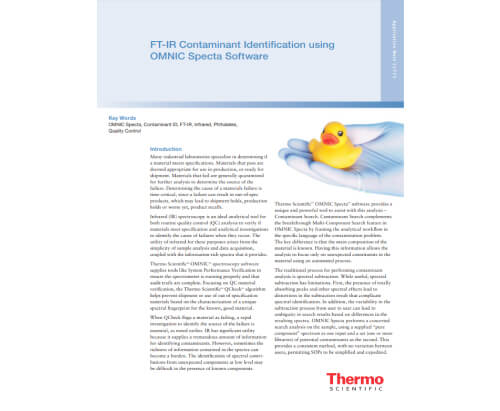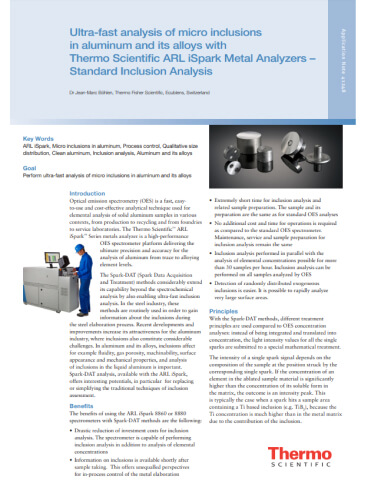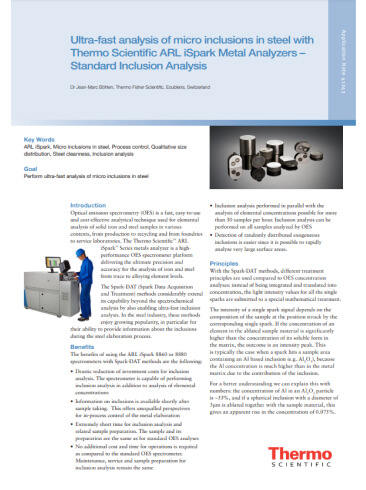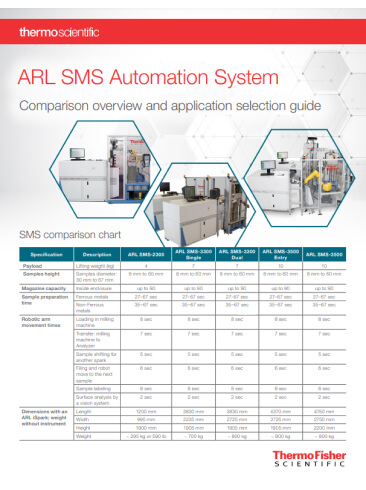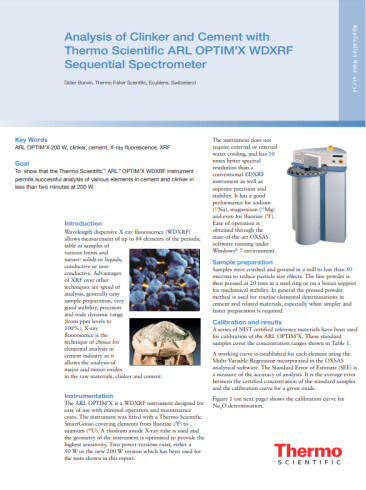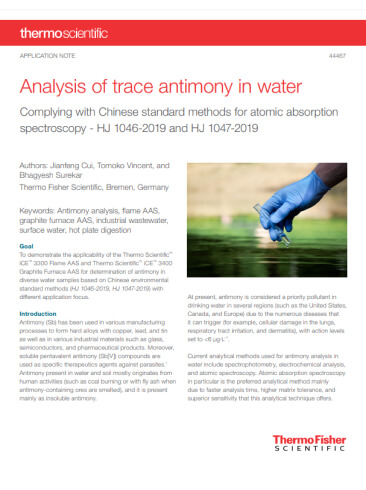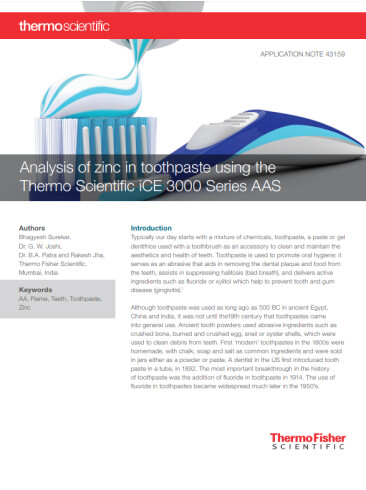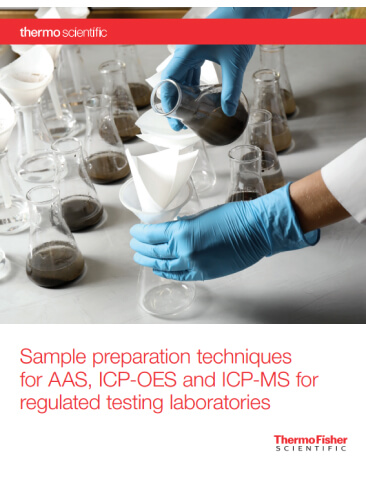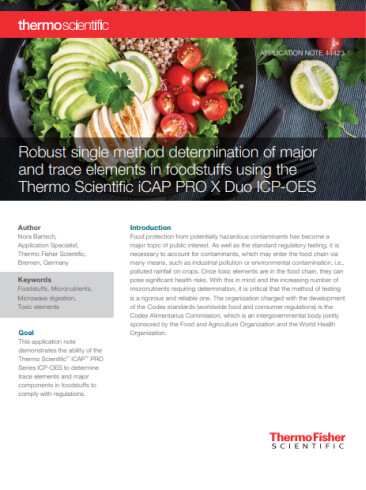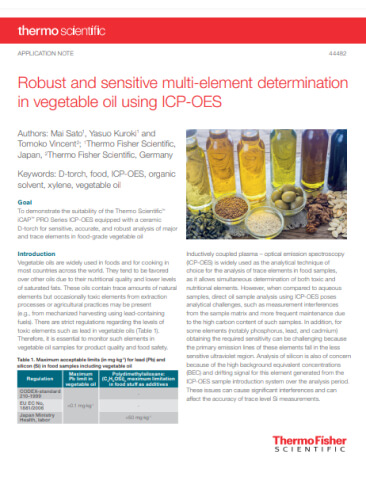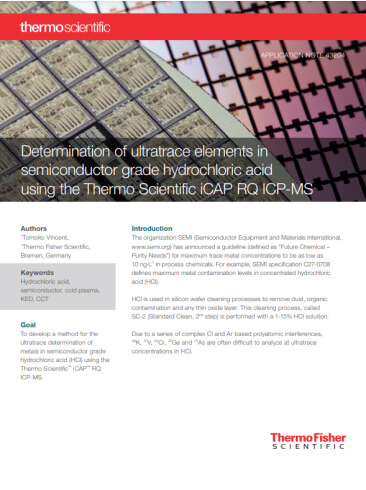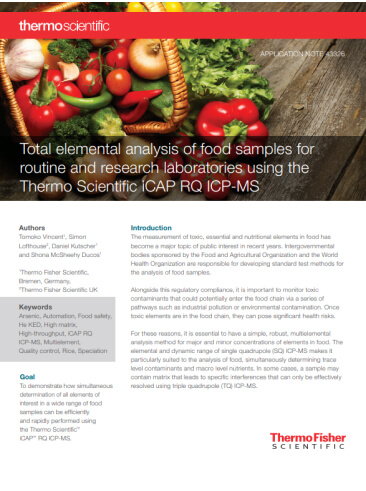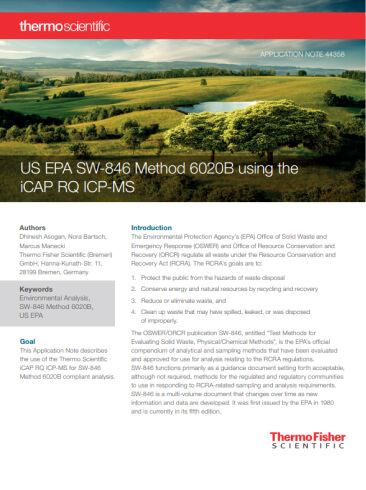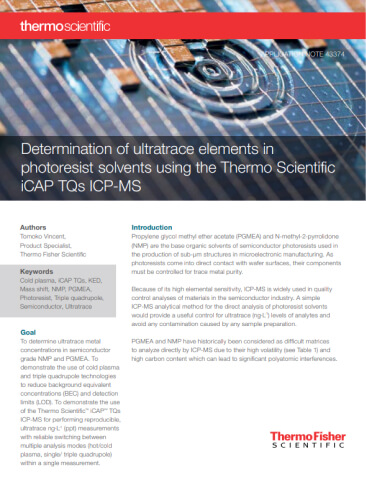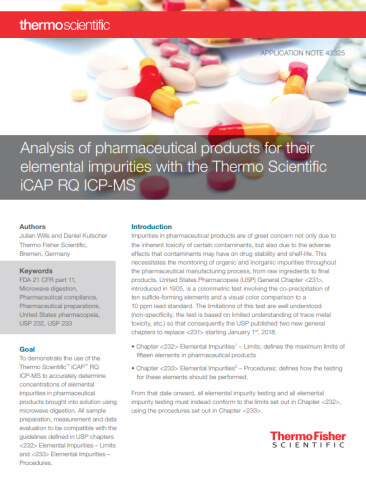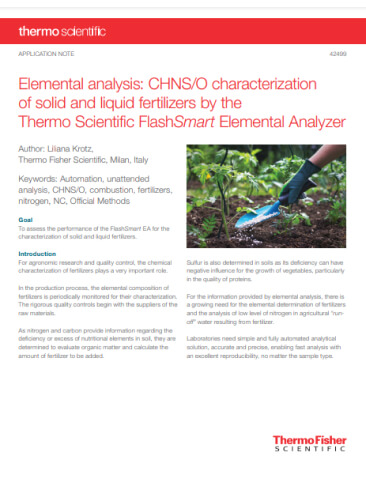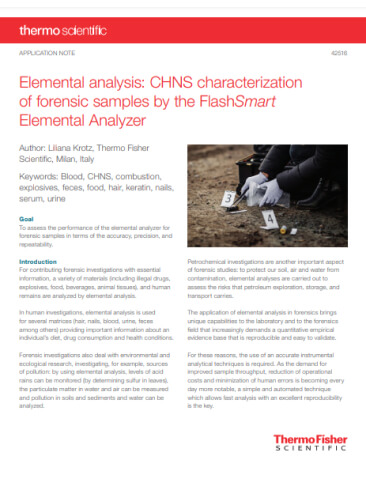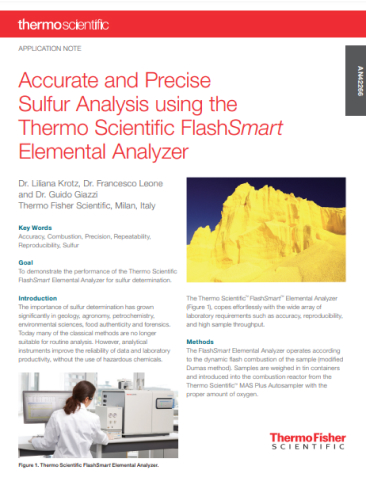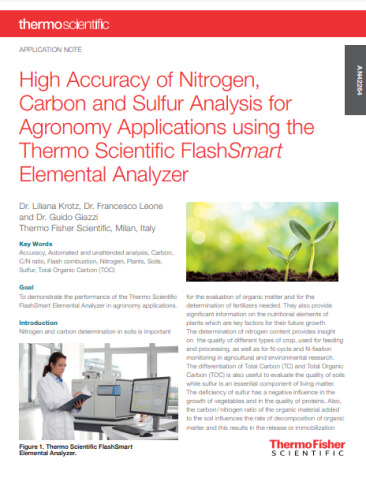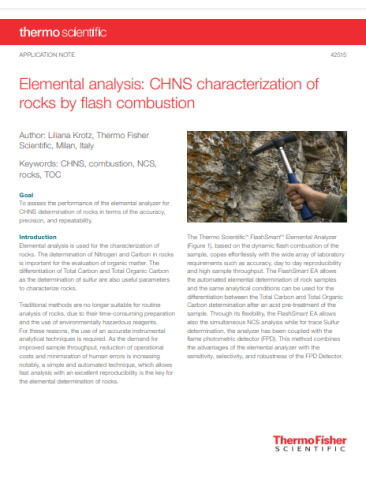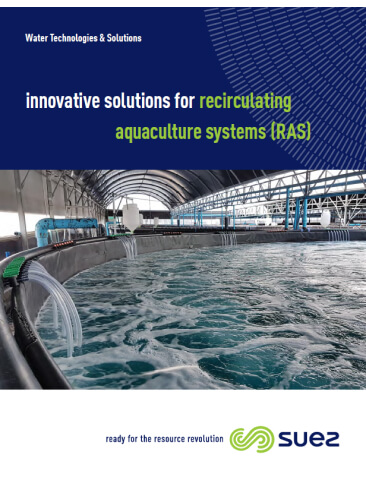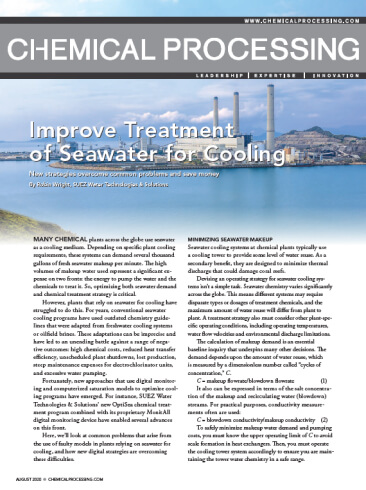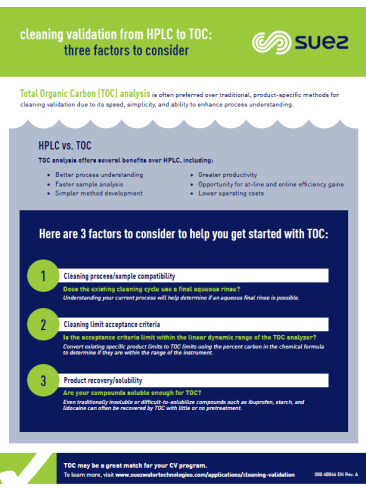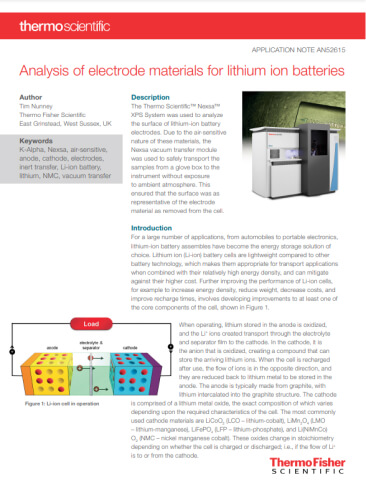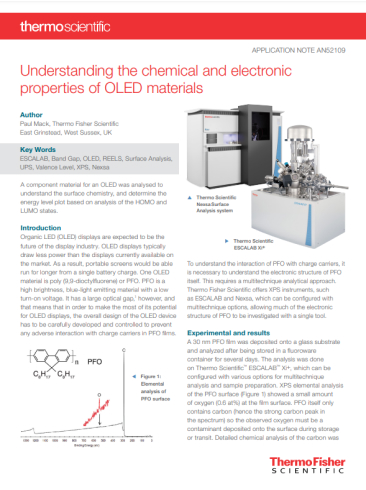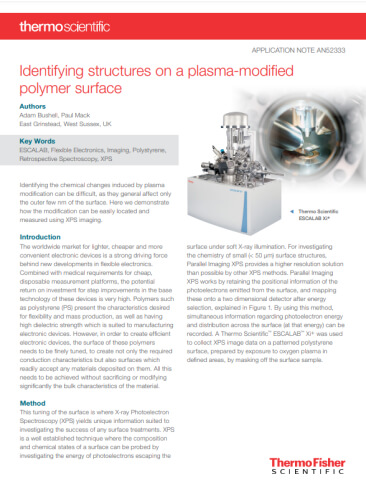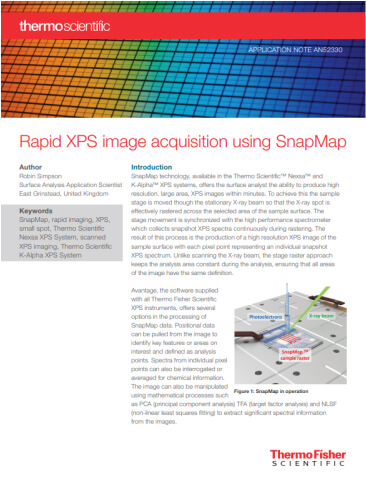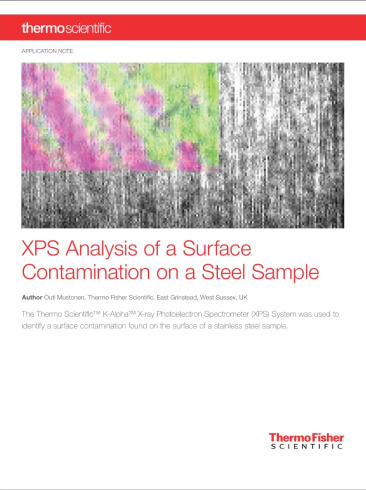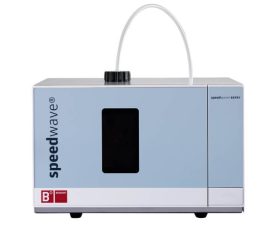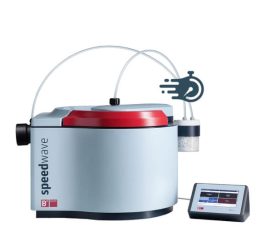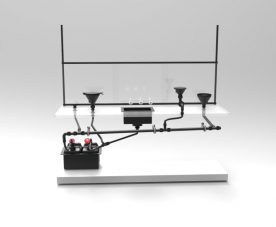Thermo Scientific OES, XRF, XRD, XPS, ICP instruments meet the needs of any analytical laboratory in mining, metallurgy, geology and geochemistry, petroleum, polymers, glass and ceramics, semiconductors, paints and chemicals, forensics investigations, as well as environmental laboratories.
- Optical Emission Spectrometry (OES) using Spark excitation meets the needs of even most demanding analyses of the metal industry, covering production control, R&D, incoming material inspections, as well as scrap sorting.
- X-Ray Fluorescence (XRF) analysis of powder, bulk or liquid samples covers a wide range of applications including cement, mining, metals and petroleum.
- X-Ray Diffraction (XRD) gives detailed structural information on materials using X-ray diffraction, in a wide range of industrial and research related applications such as chemicals, pharmaceuticals, polymers, semiconductors, thin films, metals, minerals, environmental analyses and food.
- The surface of a solid object is of a great scientific importance, having in mind that chemical properties such as corrosion, wettability, catalytic activity, adhesiveness and many more come not from the object’s bulk, but from the few uppermost atoms at its surface. X-ray photoelectron spectroscopy (XPS) is a tool for studying these uppermost layers, i.e. surface chemistry. XPS measures elemental composition of the sample, empirical formula, chemical and electronic state, and can be used to study just about anything – metals, alloys, semiconductors, glass, polymers, organics, ceramics, oils, to name just a few.
- TOC instrument measures the level of organic, inorganic and total carbon in different samples. They are used in various industries: pharma, water and food industry, power plants, microelectronics, beverage and chemical industry. In the purified water used in pharma, as well as in drinking and waste water, organic carbon is an important indicator of water quality. Furthermore, in the pharma industry, TOC is used for cleaning validation. In power plants, it is the parameter that indicates the condition of cooling pipes and pipes for steam generation.
- Atomic absorption spectroscopy (AAS) is an analytical method for the qualitative and quantitative determination of the concentration of a single metal in the sample analyzed. The AAS 3000 series can be used to analyze different elements in a wide range of samples, as well as in different area such as environmental protection, industry, food safety, and in compliance with pharmaceutical standards. The combination of all three AAS techniques – flame, graphite and hydride – made it possible to monitor a large number of elements, from high concentrations to the trace analysis.
- iCAP PRO ICP-OES series models are ideally suited for elemental analysis of a wide range of samples where the matrix is complex or contains a high level of dissolved solids. A large number of elements can be analyzed from one sample.
- ICP-MS enables high-quality and high-throughput applied testing applications, as well as cutting-edge research analysis for environmental, industrial, pharma and food safety applications, even with challenging matrices.
